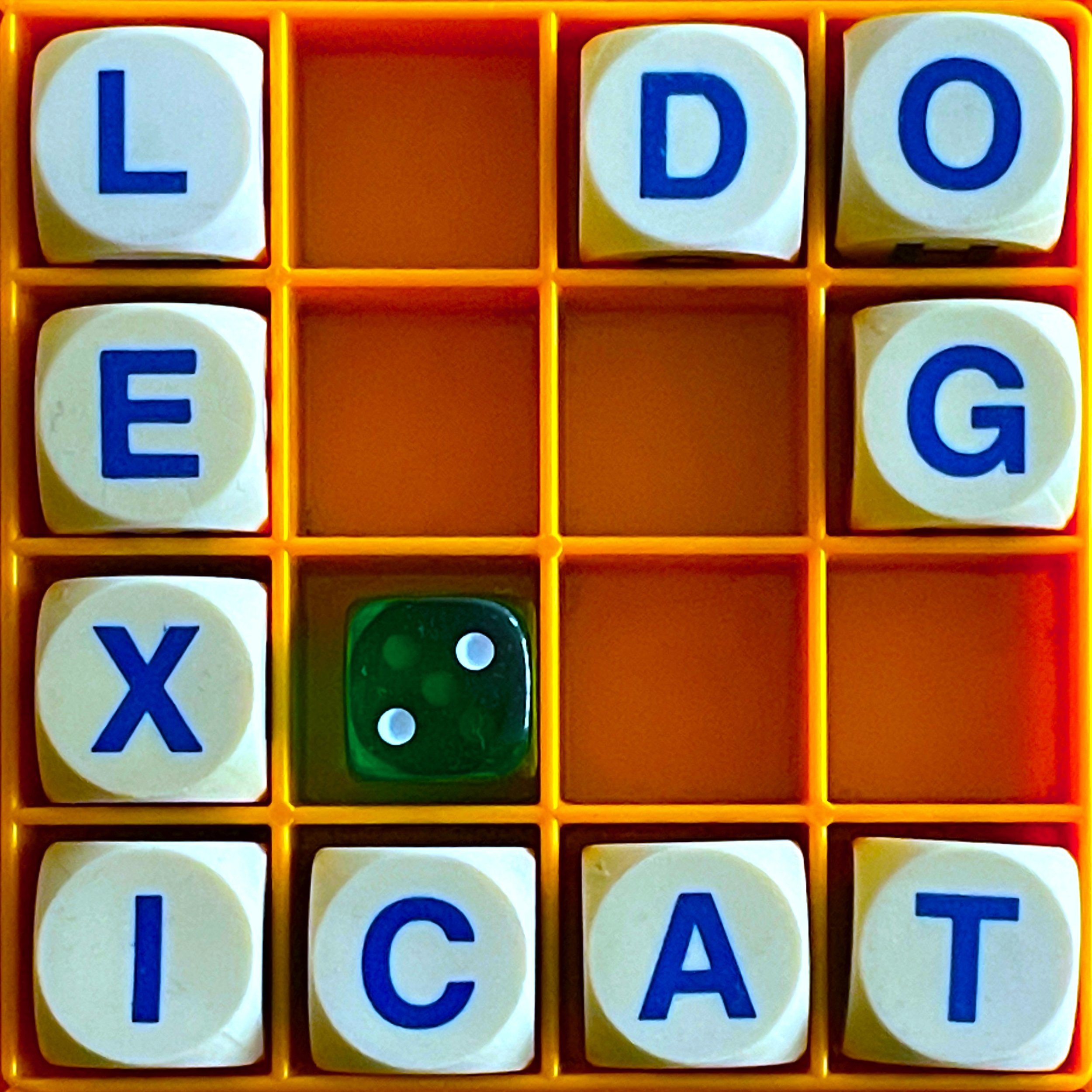MARY ROBINETTE KOWAL: Elsie does lie. I had just given her the "sleepy" button and I was in the kitchen. I was making lunch, and she goes to the button board and she says, "bedroom, sleepy, lie down." I'm like, "What a great contextual use. Yes, absolutely. Let's go take a little nap," and walk into the bedroom. And my cat doesn't come in, and I come back - and she's eating my cheese sandwich. And she has, multiple times, tried to send me out of the room in order to get my food. So when I'm making lunch and she starts talking to me and it's something like, “Go check the litter box” or something like that, food goes into the microwave and then I investigate whatever's happening.
HZ: How did that make you feel? You're like, “I can never trust her again?”
MARY ROBINETTE KOWAL: I don't know. I was like, oh, right. Cat.
Allusionist 188 Lipread transcript
HELEN BARROW: If you want me to do a quick demo, I will give you three words then, totally without context. Okay? [She mouths three words.]
HZ: Well, it looked like you were saying, “baa, baa, baa,” but that, I assume, is not what you were saying.
HELEN BARROW: That wasn't what I was saying, no.
HZ: What were you saying?
HELEN BARROW: So you've got the right one in that you've got the B. Yeah? So one of them was a B. So if I give you some context then, if I tell you one was a furry animal, one can be a civic leader, and one can be a piece of fruit. Okay, right, I'll do it again. [She mouths the same three words again.]
HZ: …I'm bad at this.
HELEN BARROW: But the thing is, I have deliberately picked three words that I know look alike, because, to go into the technical side of it, consonant confusion group, you know, a set of lip shapes that look alike.
Allusionist 102. New Rules - transcript
HZ: How are we supposed to learn these rules? Because it's very subtle.
GRETCHEN McCULLOCH: It is very subtle. And I think we learn them from interacting with each other primarily.
HZ: I know that I was never taught through formal channels to emphasise something by repeating letters - omfggggg! - or by putting a full stop or exclamation mark after every 👏 word 👏 in 👏 the 👏 sentence, or by attaching a gif of a panda upending a desk.
GRETCHEN McCULLOCH: We have been doing emphasis in writing for a lot longer than the internet has even been a glimmer in someone's imagination.
Read more


